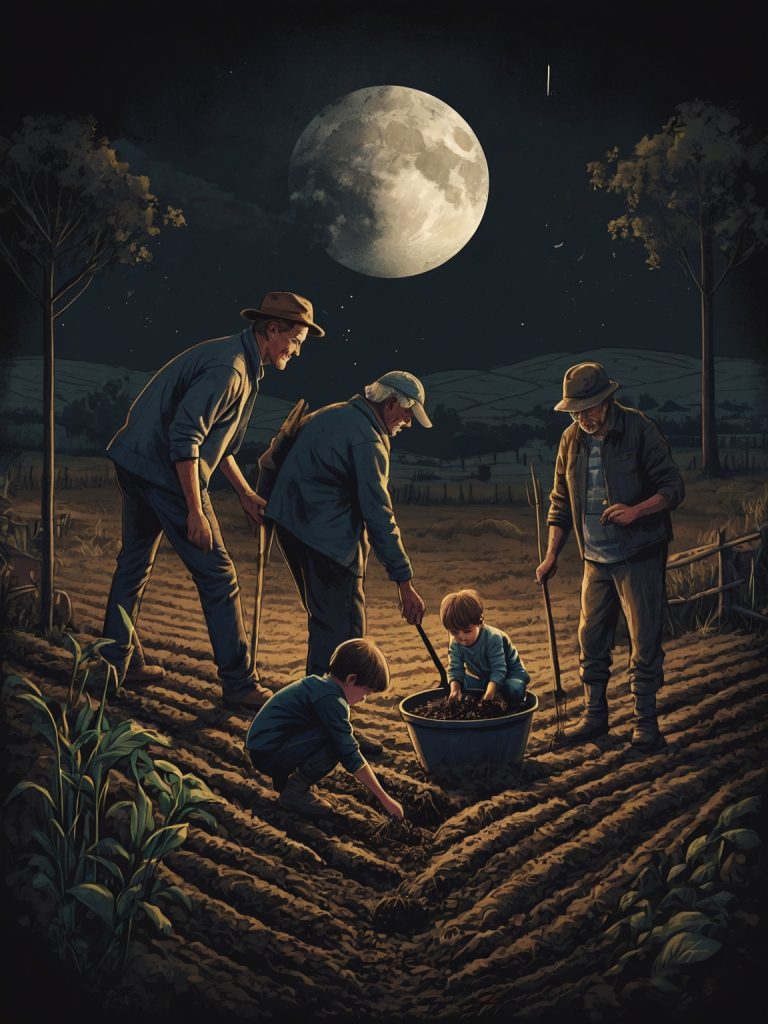This article goes beyond a simple explanation and explores the historical and ideological factors that underpin the unique settlement patterns of rural America. It also delves into how modern trends like remote work are impacting these communities. You won’t find this comprehensive analysis, with a dash of social commentary, anywhere else!
TL;DR
- Rural America’s distinct settlement pattern of isolated farmsteads has roots dating back to colonization.
- The Homestead Act of 1862 significantly influenced this pattern by offering vast tracts of land for development.
- The concept of self-reliance and the ideological clash during the Civil War also played a role.
- Technological advancements like broadband expansion are changing the landscape of rural life.

Hey there! Ever cruised down a scenic highway lined with sprawling farmland and wondered how folks managed before cars? Me too! It seems counterintuitive – living miles apart in a world without cars. But here in rural America, scattered farms are the norm. This unique settlement pattern piqued my curiosity, and let me tell you, the rabbit hole goes deep!
My research revealed this pattern stretches back to the dawn of American colonization. A book called “Albion’s Seed” even suggests it existed in rural England and Ireland before Europeans set sail for the Americas. Fascinating, right? This contrasts sharply with villages, the dominant settlement style in most of the world. So, what gives? Why did the U.S. deviate from the well-trodden path?
Security, convenience, and community – villages seem like a no-brainer. But there’s more to the story than meets the eye! While delving into the specifics of England and Ireland requires further exploration, a significant piece of the puzzle lies in the Homestead Act of 1862.

Imagine this: The government throws open its arms, offering vast tracts of land (practically for free!) to anyone willing to live on and develop it. This act perfectly embodies the concept of “isolated family farms” you mentioned. Over 1.6 million parcels were granted, all fostering this scattered settlement pattern.
But hold on, homesteading isn’t some novel invention. The act simply amplified an existing principle. Here’s the wrinkle: the timing is crucial. Drafted during the Civil War, it stood in stark contrast to the prevailing Southern plantation culture, where land ownership fueled immense wealth. The North, with its Puritan roots, championed self-reliance – a perfect match for the homesteading spirit.
This concept wasn’t unique to the U.S. Similar practices existed in Canada and Australia, but the 1862 act had a monumental impact on shaping rural America’s landscape. It’s important to remember, however, that “empty land” back then wasn’t quite empty – it was often home to Native American tribes who had stewarded the land for generations.
The story doesn’t end there. Even beyond colonization, homesteading resurfaced during challenging times. During the Great Depression, President Roosevelt’s Subsistence Homesteads Program aimed to alleviate city overcrowding by encouraging a return to the land.
The idea behind homesteading stretches even further back. In 1690, John Locke’s “Two Treatises of Civil Government” hinted at this philosophy. He basically said that if you work on and improve land, it becomes yours – as long as there’s enough left for others. This, my friend, might be the very seed of the American approach to rural settlement.

So, why the scattered farms? It’s a confluence of factors. The Homestead Act undeniably played a huge role, but the ideological clash during the Civil War and a deeply ingrained belief in self-reliance also contributed significantly.
Recent Events Highlighting Rural America’s Distinct Landscape
The article explores the unique settlement patterns of rural America, characterized by isolated farmsteads rather than villages. Here are some recent real-life events that echo this trend:
- Broadband Expansion Efforts: In 2023, the US Department of Agriculture (USDA) announced a $1.5 billion investment to expand broadband access in rural areas https://www.rd.usda.gov/programs-services/all-programs. This highlights the ongoing challenges faced by geographically dispersed communities when it comes to basic infrastructure. (Source: URL usda rural development grants ON United States Department of Agriculture (.gov rd.usda.gov))
- Rise of Remote Work: The COVID-19 pandemic spurred a surge in remote work opportunities. A 2023 Pew Research Center study revealed that 23% of employed Americans now work remotely, with many choosing to relocate to rural areas. This trend signifies a potential shift in demographics for these regions. (Source: pewresearch.org)
- Telehealth Adoption: Rural healthcare access has historically been a concern. However, recent years have seen a rise in telehealth adoption, allowing patients to consult with doctors virtually. A 2022 report by the Center for Connected Health Policy found a significant increase in telehealth use during the pandemic, particularly in rural areas. (Source: kff.org)
Table: Key Factors Shaping Rural America’s Landscape
| Factor | Description | Example |
|---|---|---|
| Land Ownership Policies | Government programs like the Homestead Act incentivized dispersed settlement patterns. | The USDA continues to offer loan programs and technical assistance to support rural land ownership. |
| Ideological Values | The concept of self-reliance has been a driving force in American culture, particularly appealing in rural settings. | The “back-to-the-land” movement continues to attract individuals seeking a simpler, self-sufficient lifestyle. |
| Technological Advancements | Improved communication and transportation technologies are mitigating some of the historical challenges of rural isolation. | The expansion of broadband access is crucial for facilitating remote work, education, and healthcare in rural communities. |

This table summarizes the key factors identified in the article that have shaped the development of rural America. It highlights the ongoing influence of land ownership policies, ideological values, and technological advancements on these communities.
Intrigued to learn more? Here are some avenues to explore: delve deeper into the Homestead Act, explore the history of self-reliance in America, or perhaps you’re curious about the unique challenges and rewards of rural life. The journey continues!
This expanded version dives deeper into the historical context, injects a touch of social commentary on the concept of “empty land,” and offers more avenues for the reader to continue their exploration.







